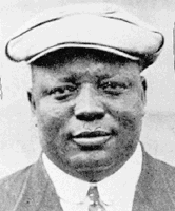
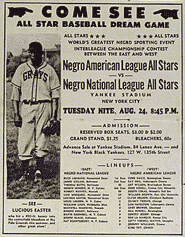
A report in the Norfolk Journal and Guide in 1917 paints a picture of racial harmony in Tidewater, Virginia, that would almost make one wonder why there needed to be Negro League Baseball. The banner headlines almost said it all: “Big Labor Day Celebration,” “Thousands of White and Colored Laborers Paraded Streets of City.” “Harmony Between Races” as that report told it, the celebration was a landmark of many sorts. In a relatively lengthy preface to the description of the baseball game that was the culmination of the day, it noted that “If carrying the stars and stripes is a demonstrative evidence of patriotism and loyalty to the United States, the Norfolk colored labor organizations can be styled as true friends to their country. The organizations were out very strong on Labor day [sic]. Several thousands together with the white Labor unions marched the streets of Norfolk in celebration of the day designated as their day throughout the country.”
The author reported the surprise of the citizens that the white and black unionists were marching together, and attributed it, in part, to the fact that “the Negro is awakening to the necessity of organization for protection” in the same way whites had recognized the need for unions to protect them from Golden Age industrial excesses and greed. But the report also noted that whites, both union members and industrialists, in the Tidewater area were beginning to “recognize the Negro as an important factor in the industrial world. It was indeed the first time in the history of Norfolk that colored and white unionists combined in one parade.”
Although the writer believed Norfolk to be the only city in the South to have a combined Labor Day demonstration, one thing had not changed: The whites led the parade. Following close behind them were the various Negro unions. Among them were the Carpenters and Joiners, Coal Trimmers, Stokers, Working Women’s union and many others. The colored aggregation, numbering more than a thousand, were escorted by three bands.
Not satisfied with all that, the writer offered the opinion that the great parade” demonstrated the “prevailing harmony which exists among the white and colored working classes of this community.” At this point, it must be pointed out that the harmony did not extend to such simple pleasures as the great American pastime, baseball. Although the writer does not spell out the races, he notes that at the end of the parade, “the colored marched back to Chapel Street [sic] and some disbanded but the (assumed black) Coal Trimmers Local went to the League Baseball park and played until 4 o’clock; among the teams playing were the (Norfolk) Red Stockings.
This would imply that, at least in Tidewater, Virginia, the silhouette of black baseball truly was a shadow of the white game, a separate but equal entity. The facts of Negro League baseball, however, reveal that it wasn’t so. The silhouette of Negro League baseball was, more often than not, a mere phantom—an insubstantial suggestion of the body of the American ball club. And, like a phantom, it was born of the death of the old order, and eventually disappeared when the black player was welcomed by the white leagues.
This harmonious and bucolic scene, moreover, would have been short-lived. Neil Lanctot, author of Negro League Baseball: The Rise and Ruin of a Black Institution, wrote that the Great Migration of 1916-1919 sent 500,000 blacks to northern industrial areas, leaving the economically declining South. Tidewater was right in the middle, although the fact that Newport News had been named a point of departure for troops being sent to the war in Europe would have bolstered the economy, making it attractive to those seeking work, black and white.
In fact, World War I accelerated what was happening in Virginia. “In particular, shipbuilding, the only heavy industry in the state, swelled dramatically. The Tidewater region received another boost when Norfolk was selected as one of two embarkation points for the European front; that city's population rose 72 percent from 1910 to 1920. Although a predictable recession followed the war’s end, the shipbuilding industry soon recovered and remained vibrant” allowing the Tidewater black baseball clubs to totter along despite lacking the nationally recognized superstars the Midwestern and northern clubs attracted, such as Satchel Paige.
By 1938, however—a decade before the integration of the major leagues would hasten matters—the Depression had caused distress in the Negro Leagues. The final blow might well be considered the 1938 game at Washington’s Griffith Stadium; drawing nearly 11,000 fans, it constitutes a record for black baseball attendance.



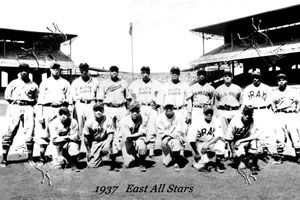

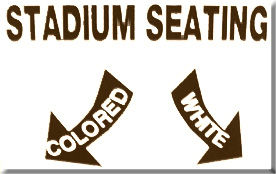

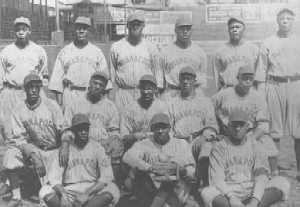
HOME l BLACK BASEBALL IN TIDEWATERl RACE, TIME, & PLACE l THE JIM CROW EXPERIENCE l l BIBLIOGRAPHY